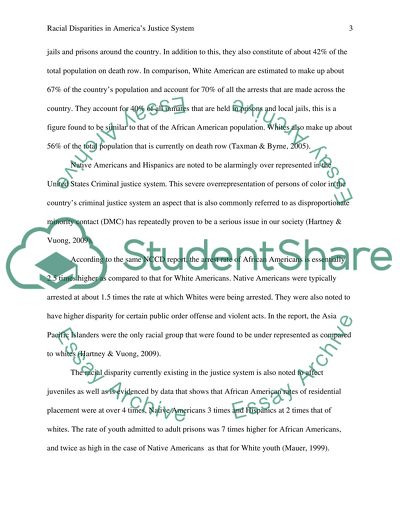Cite this document
(“Racial Disparities in Americas Justice System Research Paper”, n.d.)
Racial Disparities in Americas Justice System Research Paper. Retrieved from https://studentshare.org/law/1657943-sociology-essay
Racial Disparities in Americas Justice System Research Paper. Retrieved from https://studentshare.org/law/1657943-sociology-essay
(Racial Disparities in Americas Justice System Research Paper)
Racial Disparities in Americas Justice System Research Paper. https://studentshare.org/law/1657943-sociology-essay.
Racial Disparities in Americas Justice System Research Paper. https://studentshare.org/law/1657943-sociology-essay.
“Racial Disparities in Americas Justice System Research Paper”, n.d. https://studentshare.org/law/1657943-sociology-essay.


